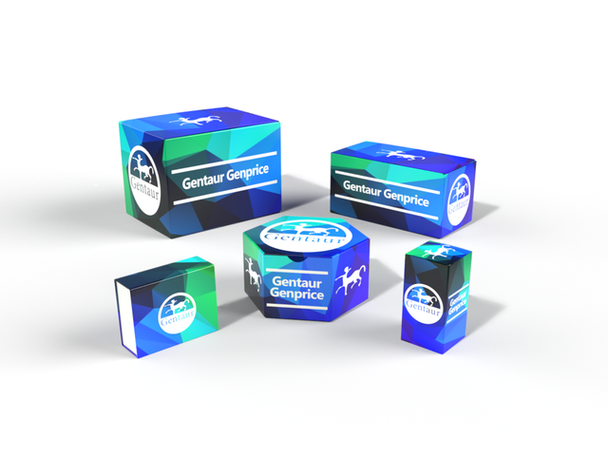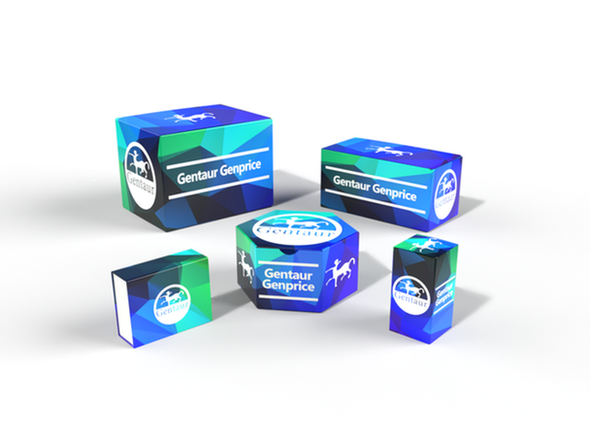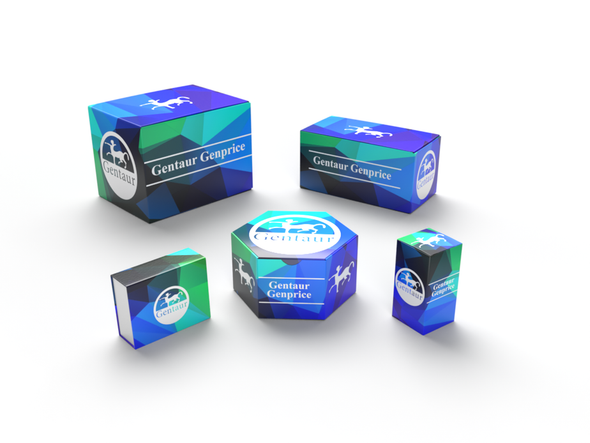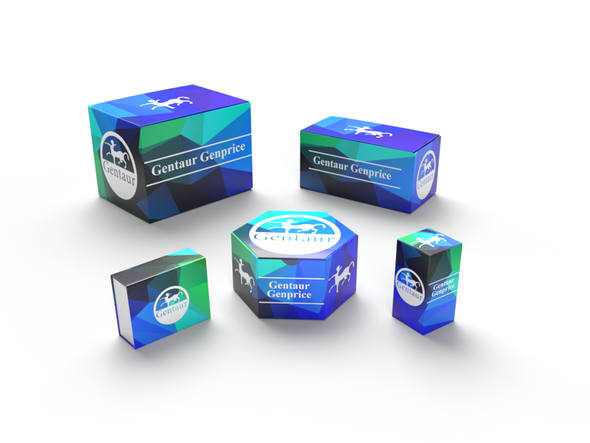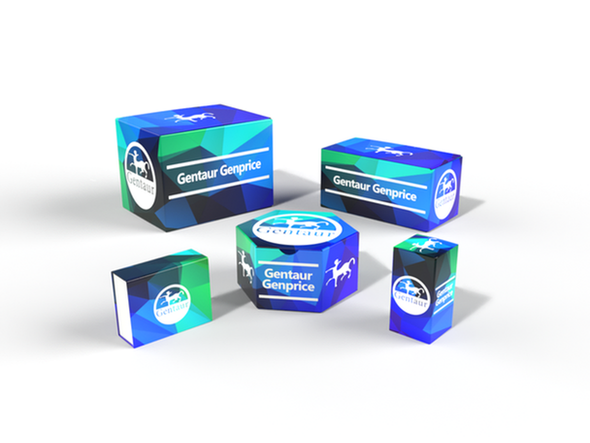740
Cat Eotaxin 1 (CCL11) ELISA Kit | AE62761CA
- SKU:
- 740-AE62761CA
- Availability:
- Usually ships in 5 working days
Description
Cat Eotaxin 1 (CCL11) ELISA Kit | AE62761CA | Gentaur UK, US & Europe Distribution
Species Reactivity: Cat (Felis catus, Feline)
Abbreviation: CCL11
Alternative Name: MGC22554; SCYA11; eosinophil chemotactic protein|eotaxin-1|small inducible cytokine A11|small inducible cytokine subfamily A (Cys-Cys) ; member 11 (eotaxin) ; ECF
Application: ELISA
Range: Request Information
Sensitivity: Request Information
Intra-Assay: ≤5.2%
Inter-Assay: ≤9.8%
Recovery: 0, 97
Sample Type: Serum, Plasma, Other biological fluids
Detection Method: Sandwich
Analysis Method : Quantitive
Test Principale: This assay employs a two-site sandwich ELISA to quantitate CCL11 in samples. An antibody specific for CCL11 has been pre-coated onto a microplate. Standards and samples are pipetted into the wells and anyCCL11 present is bound by the immobilized antibody. After removing any unbound substances, a biotin-conjugated antibody specific for CCL11 is added to the wells. After washing, Streptavidin conjugated Horseradish Peroxidase (HRP) is added to the wells. Following a wash to remove any unbound avidin-enzyme reagent, a substrate solution is added to the wells and color develops in proportion to the amount of CCL11 bound in the initial step. The color development is stopped and the intensity of the color is measured.
Product Overview: An eosinophil chemotactic factor (ECF) can be released from human polymorphonuclear neutrophils (PMN), rat mononuclear and rat mast cells by the calcium ionophore, during phagocytosis, by arachidonic acid and phospholipase A2. It has been suggested that stimuli such as the ionophore and the phagocytic event lead to phospholipid turnover with the generation of arachidonic acid which is subsequently transformed by a lipoxygenase-like enzyme into ECF. Chemokine (C-C motif) ligand 11 (CCL11) is a small cytokine belonging to the CC chemokine family that is also known as eotaxin-1. CCL11 selectively recruits eosinophils by inducing their chemotaxis, and therefore, is implicated in allergic responses.
Stability: The stability of ELISA kit is determined by the loss rate of activity. The loss rate of this kit is less than 5% within the expiration date under appropriate storage condition. The loss rate was determined by accelerated thermal degradation test. Keep the kit at 37°C for 4 and 7 days, and compare O.D.values of the kit kept at 37°C with that of at recommended temperature. (referring from China Biological Products Standard, which was calculated by the Arrhenius equation. For ELISA kit, 4 days storage at 37°C can be considered as 6 months at 2 - 8°C, which means 7 days at 37°C equaling 12 months at 2 - 8°C) .

